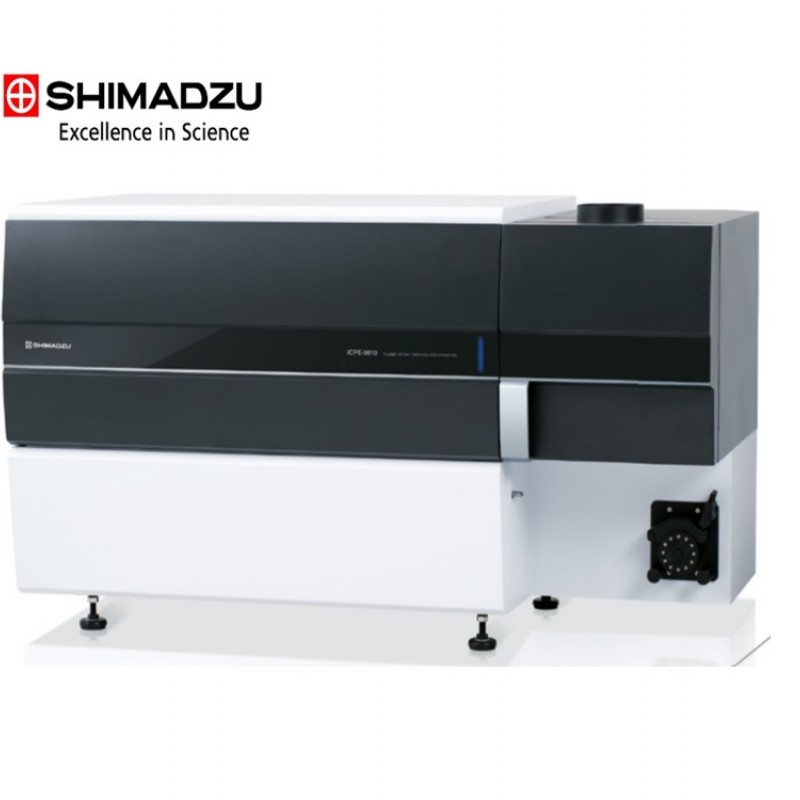
With the ICPE-9800 Atomic Emission Spectrometer systems, data for all wavelengths is captured as an image created on a two-dimensional plane using a large 1-inch CCD sensor, in much the same way a camera takes a photograph. Received data is saved for review at any time.
The wavelength can be changed after the measurement is complete, thus reducing the need to reanalyze samples and enabling faster method development. In addition, qualitative data can be read and matrix elements can be checked and corrected, eliminating measurement errors due to interference.
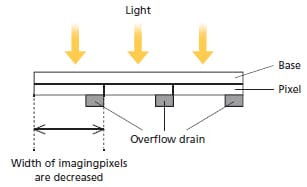
The cooling temperature of the CCD is -15°C, which means it can be used at a higher temperature than a conventional semiconductor detector (-40°C). The waiting time at shutdown that is usually required in order to prevent condensation is not necessary.
Schmidt-aberration Corrected
A Schmidt mirror is used for correcting astigmatism. Spectrometers without this function result in blurring along the perimeter of the detector, which decreases resolution and sensitivity.
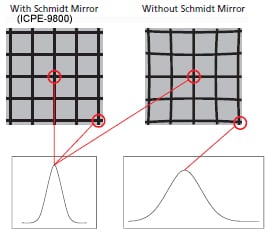
Even after measurements are finished, the elements and wavelengths can be added, which allows you to confirm the quantitative or qualitative data. Because data are acquired for all wavelengths, there is no need to reanalyze samples.

The quantitative values can be displayed by simply adding elements or wavelengths. This is especially helpful when you forgot to specify an element to be measured or want to obtain data for other wavelengths.

The profiles and semi-quantitative values can be loaded and confirmed for all elements. This is useful for determining the approximate concentrations of elements that were not quantitated, for example to confirm matrices.

Once data for all wavelengths have been saved, it can be loaded and reanalyzed at any time. This availability of data provides peace of mind in case something unexpected happens with quality control or when analyzing samples that are only available in small quantities.

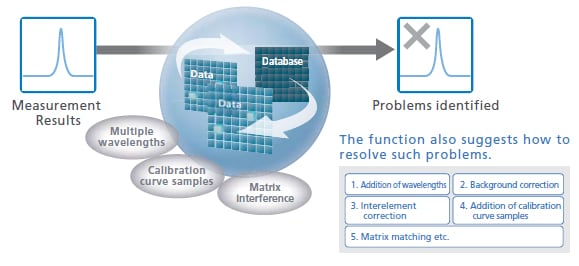
ICPE-9800 systems include three features for reducing gas consumption (Eco mode, Mini-torch system, and Vacuum spectrometer), which significantly reduce the amount of argon gas consumed.
The ICPE-9800 series' assistant functions, which combine extensive spectral data with a substantial database, enable easy optimization of methods and a simpler, more efficient analytical workflow.
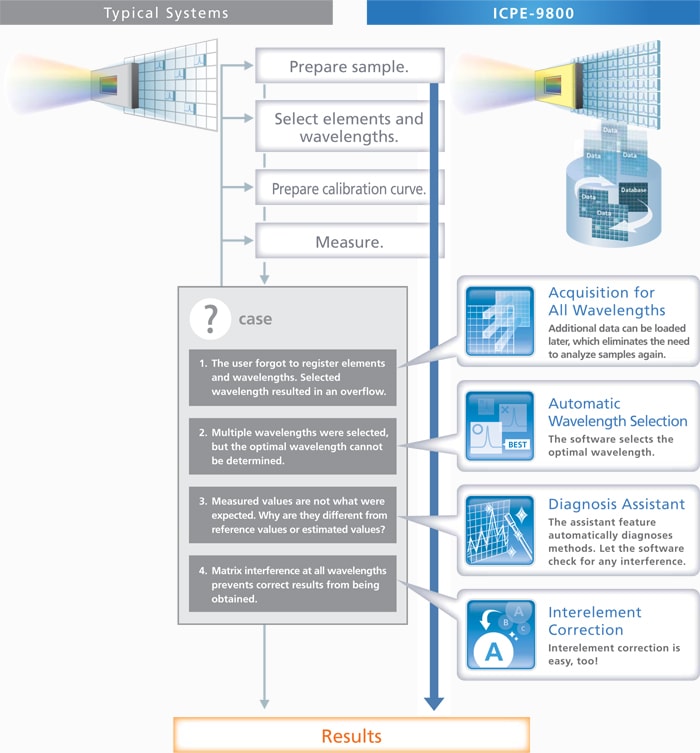
The torch is oriented vertically to minimize any adhesion of sample on the torch walls, thus reducing memory effects. Simultaneous analysis is possible by switching between axial and radial views.

Cooling Jacket Removal, Specifically for Radial View ICPE-9820
When only the radial view is used to analyze high-concentration samples or inject certain organic solvents (such as xylene), the cooling jacket can be removed to use the unit exclusively for the radial view. Removing the cooling jacket is easy.
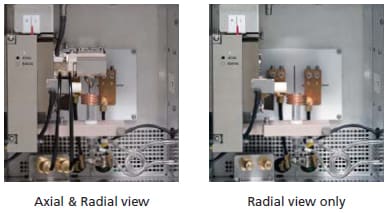

To enable measurements of wavelengths in the vacuum UV region (below 190 nm) ICPE-9800 systems employ a vacuum pump (rotary pump) to evacuate the air and remove oxygen from inside the spectrometer. This ensures a shorter startup time in comparison to purge-type systems. When the pump stops, a solenoid valve automatically closes to maintain the vacuum inside the spectrometer. Consequently, there is no need to worry about contamination from atmospheric air flowing back into the spectrometer after the pump stops.
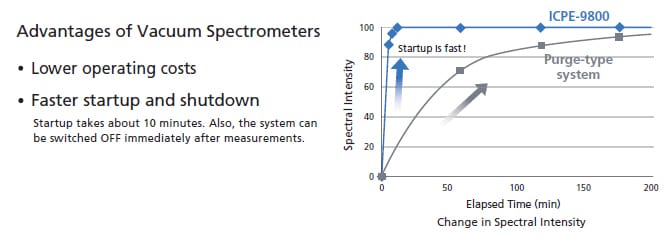
The sample introduction system incorporates a high-accuracy nebulizer for introduction by free aspiration and a gravity drain. Therefore, a peristaltic pump is not necessary. Since there is no need to worry about a reduction in the efficiency or the variability of introduction caused by the deterioration of the pump tube, or trouble caused by improper draining, stable analysis can be accomplished for long periods of time. (If you wish to automatically add an internal standard element an optional peristaltic pump should be used.)
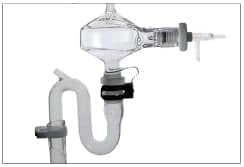
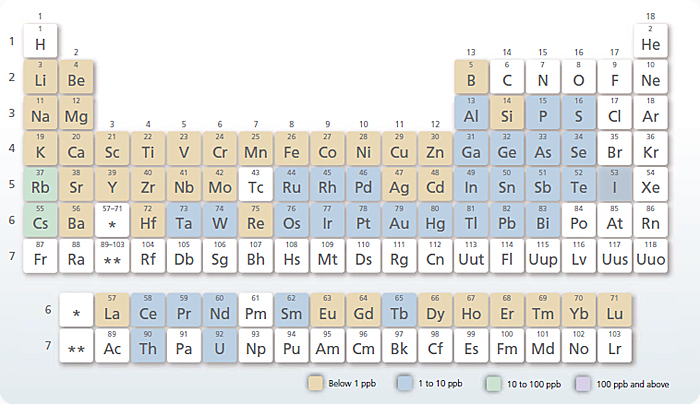
The Hydrocarbon Processing Industry (HPI), encompassing petroleum refining, gas processing, petrochemical and chemical, is a foundational field for all industry. In the HPI market, many kinds of analytical and measuring instruments are used for quality control purposes and process management. With a wide range of products, from GC and Elemental Analyzers to an On-line Water Quality Analyzer, Shimadzu offers total support for laboratories in the HPI market.